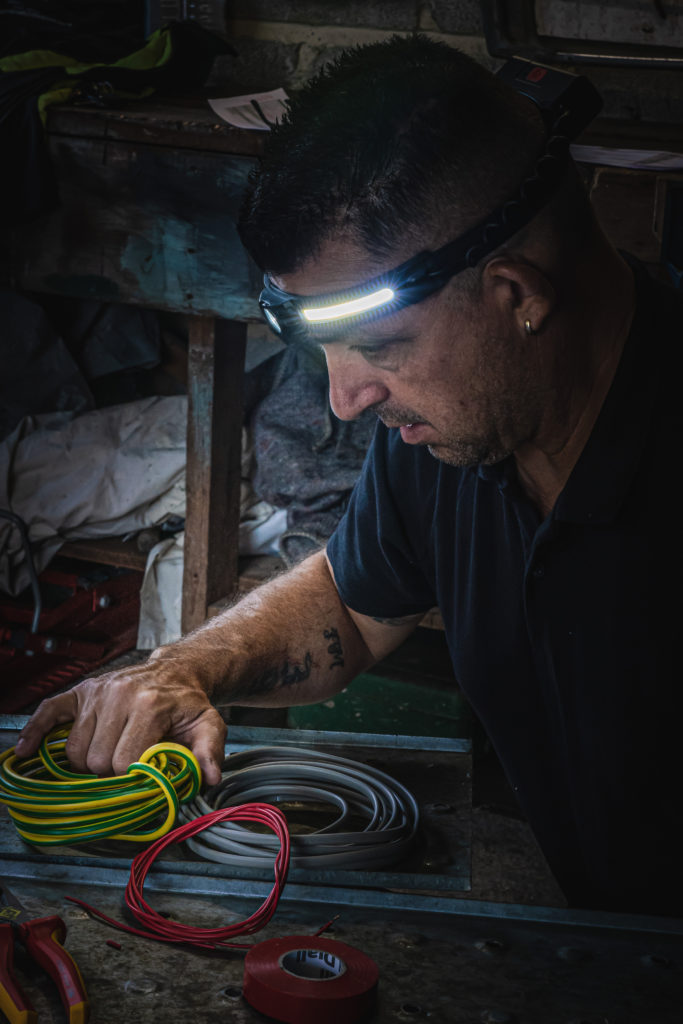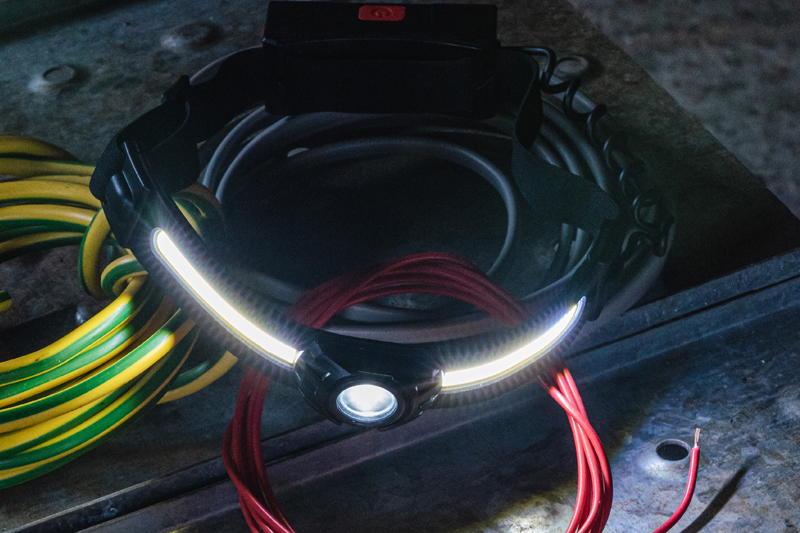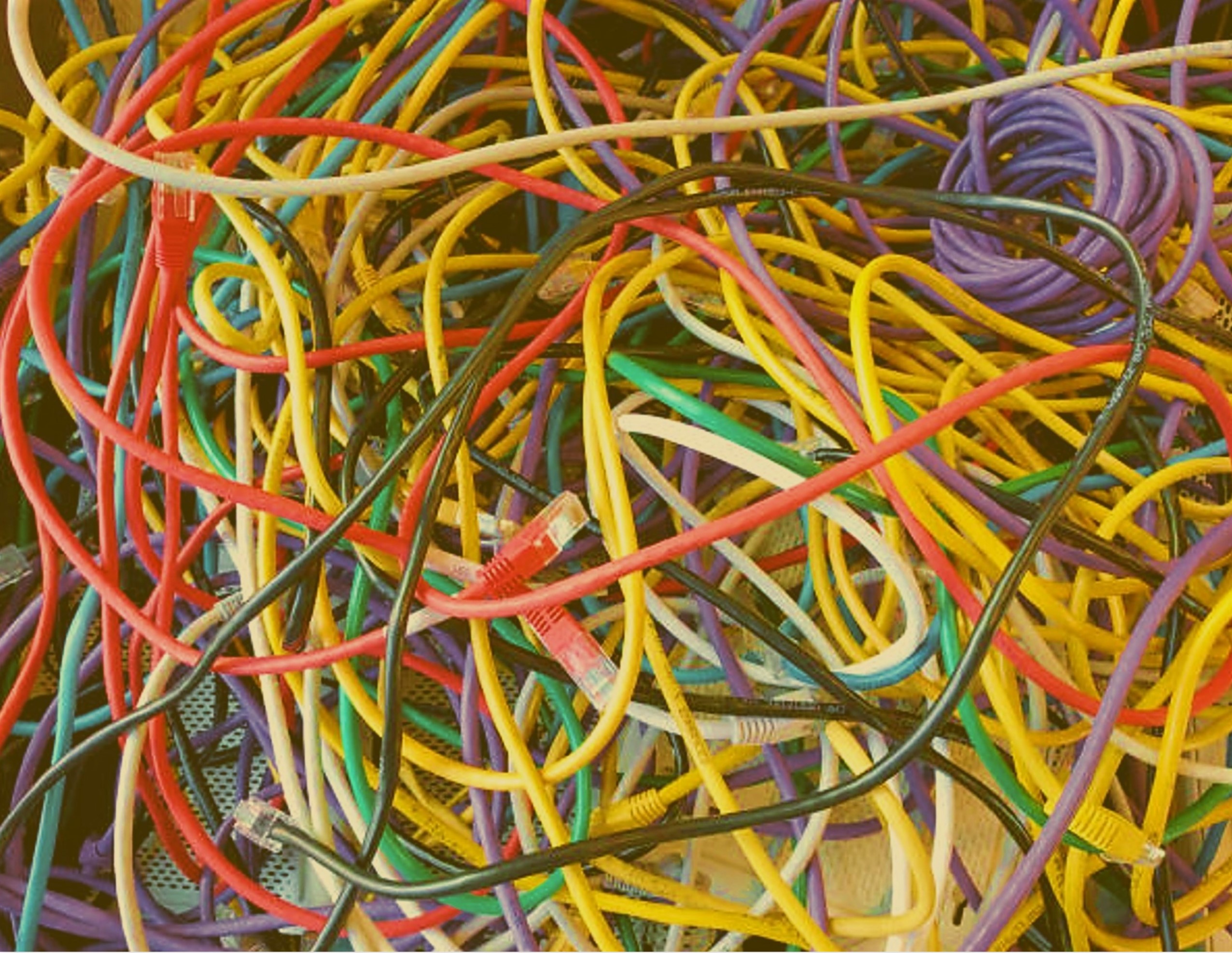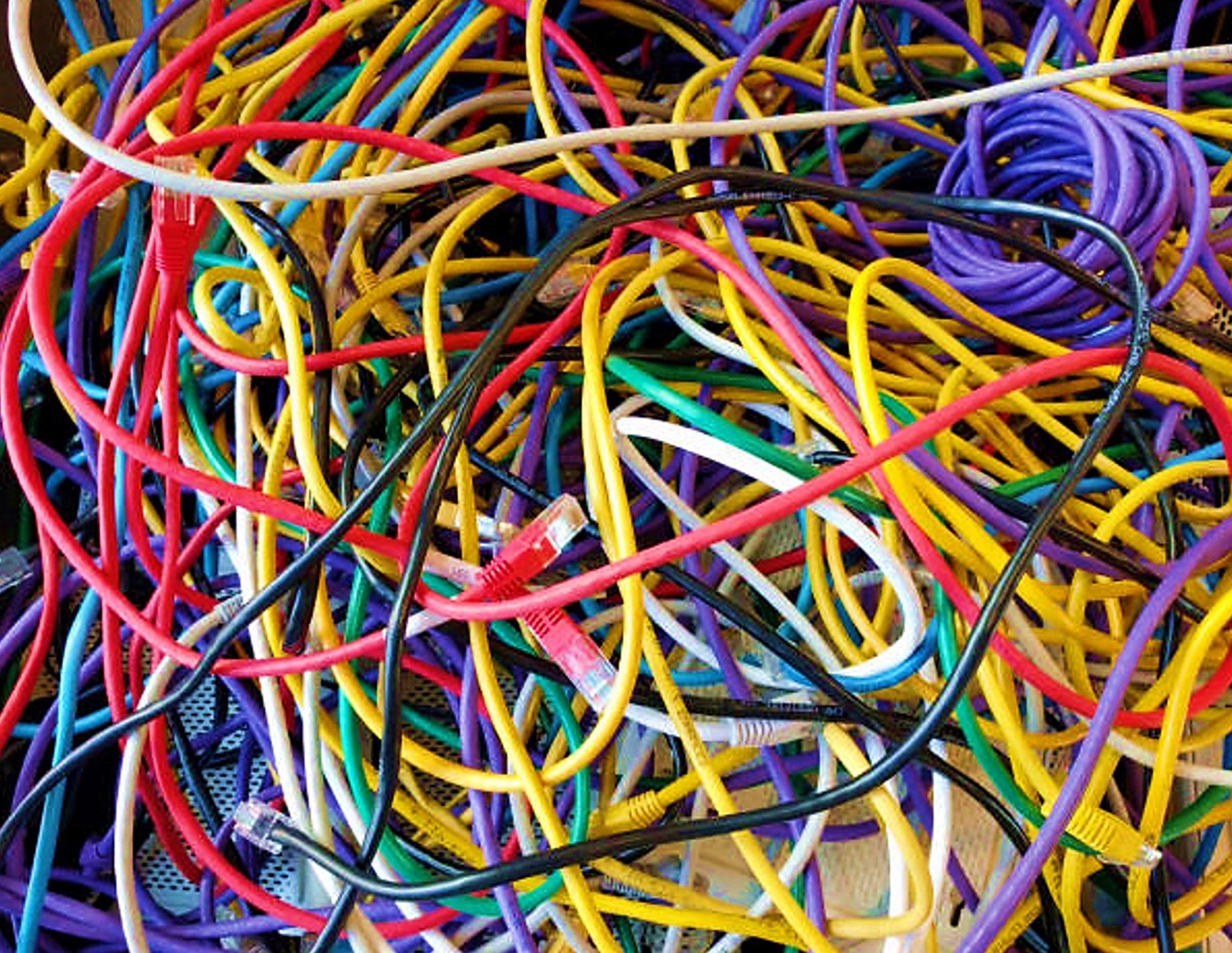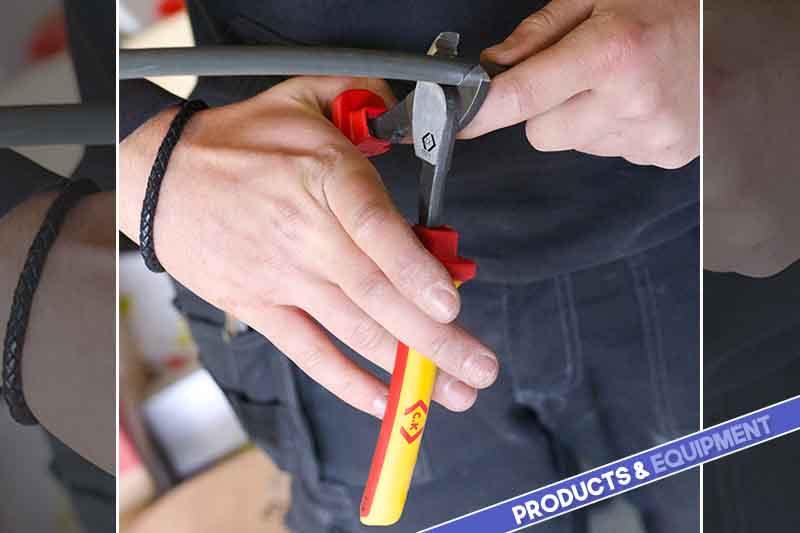As the nights draw in and we move into the darker months, using the right light source becomes increasingly important. PEW hears from CK Tools on what to look for when considering artificial light sources to stock.
Accessing wires and cables in dark and confined spaces is a necessity for every electrician, and it becomes that little bit harder in the winter months when brighter, natural light is less abundant. But what many wholesalers and electricians don’t consider is that the source of light is just as important as the tools being used on the job – if not more so.
Whether it’s a head torch, tripod, or portable work light, there’s more to consider than just selling a reliable light source, and it can make the difference in an electrician making the right cut or connection in low light environments.
Artificial light sources are designed to reproduce the colours of natural daylight and therefore make objects appear the same colour. However, their ability to do so differs drastically. For example, an LED lamp and natural daylight might have the same colour temperature but depict an object in different colour tones because their spectral composition (the wavelengths of colour and their density coming from the light source) are different.
Why is this important? Well, imagine an electrician shining an LED light into a dark cavity with a large number of multi coloured wires and struggling to determine which are the red wires and which are the brown wires – something which could be critical for the job, or critical for the safety of the electrician.
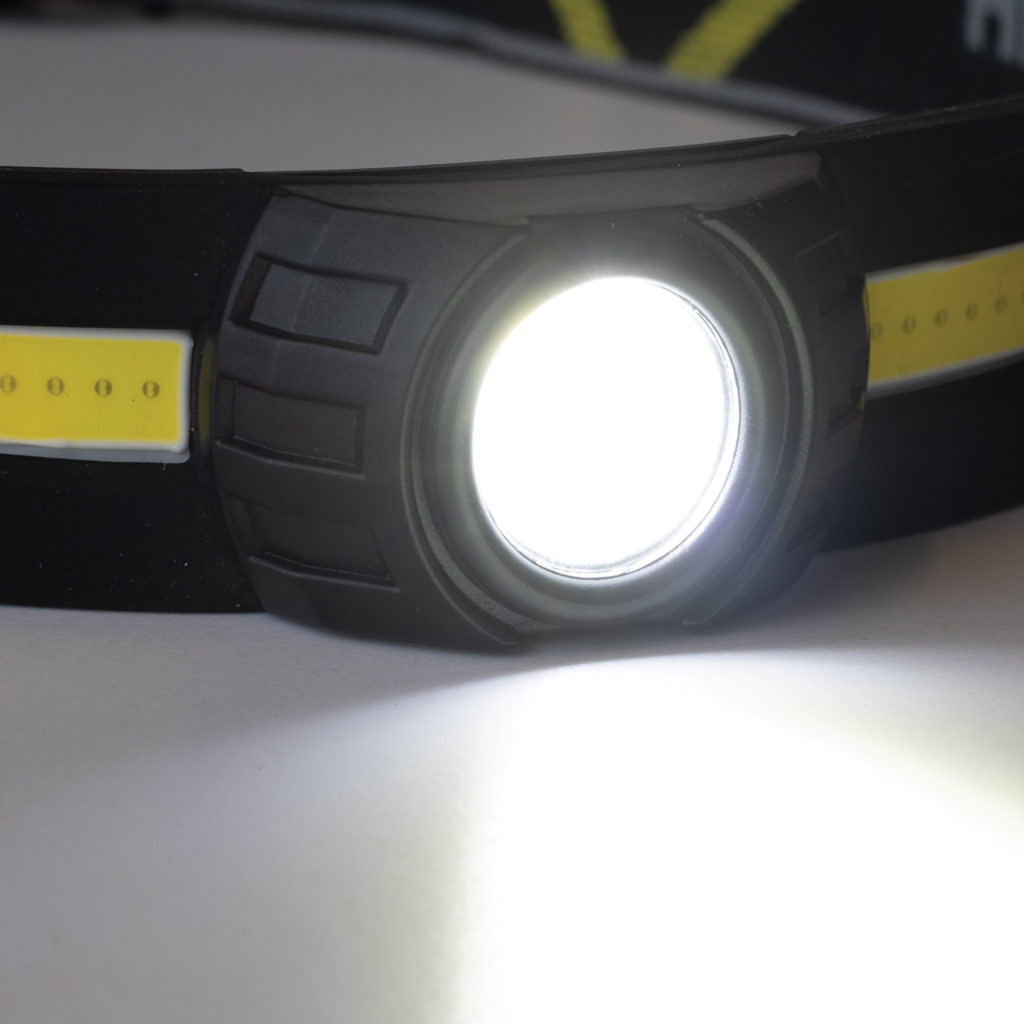
In natural light, a red wire would appear red because it reflects that colour and absorbs the rest of the colours in the spectrum. With an LED light, because the spectral composition is different to natural light (i.e., it could the lacking in red compared to the colour spectrum in natural light), the red wire may appear an orangey brown because different wavelengths of colour are being absorbed and reflected.
This is where wholesalers should be looking beyond just practical elements, such as the portability, price, and margin of their light offerings. A light’s performance on the Colour Rendering Index (CRI), which measures and compares the reflected colour of an object under artificial lighting, should be equally as important and promoted.
CRI is measured on a sliding scale where 100 is the maximum – the higher the score on the index, the better the light source is at producing a true reflection of the colours of an object, or in this case wires and cables. An optimised combination of CRI and Kelvin ratings delivers a better reproduction of colour, improving safety for electricians.
Working with our panel of trade professionals to find the right solutions for on-the-job problems, we’ve developed C.K Tools’ new USB Re-chargeable Wide Field Head Light (T9630). Ideal for dark and confined spaces, the Head Light produces 400 lumens of light, with 5,700 kelvins on colour temperature and a CRI of 80 – this means it’s like using a 40w LED bulb, with similar colour temperature to natural light and a strong ability to correctly reflect the actual colour of the object it’s being shone on. And with four modes of operation – spotlight, wide field, full beam, and dipped beam – it provides the versatility needed to suit all manner of environments electricians find themselves in.
With all this in mind, wholesalers need to be thinking that the lights electrician’s illuminate their jobs with, are just as important as the lights they install.
To discover more, click here
